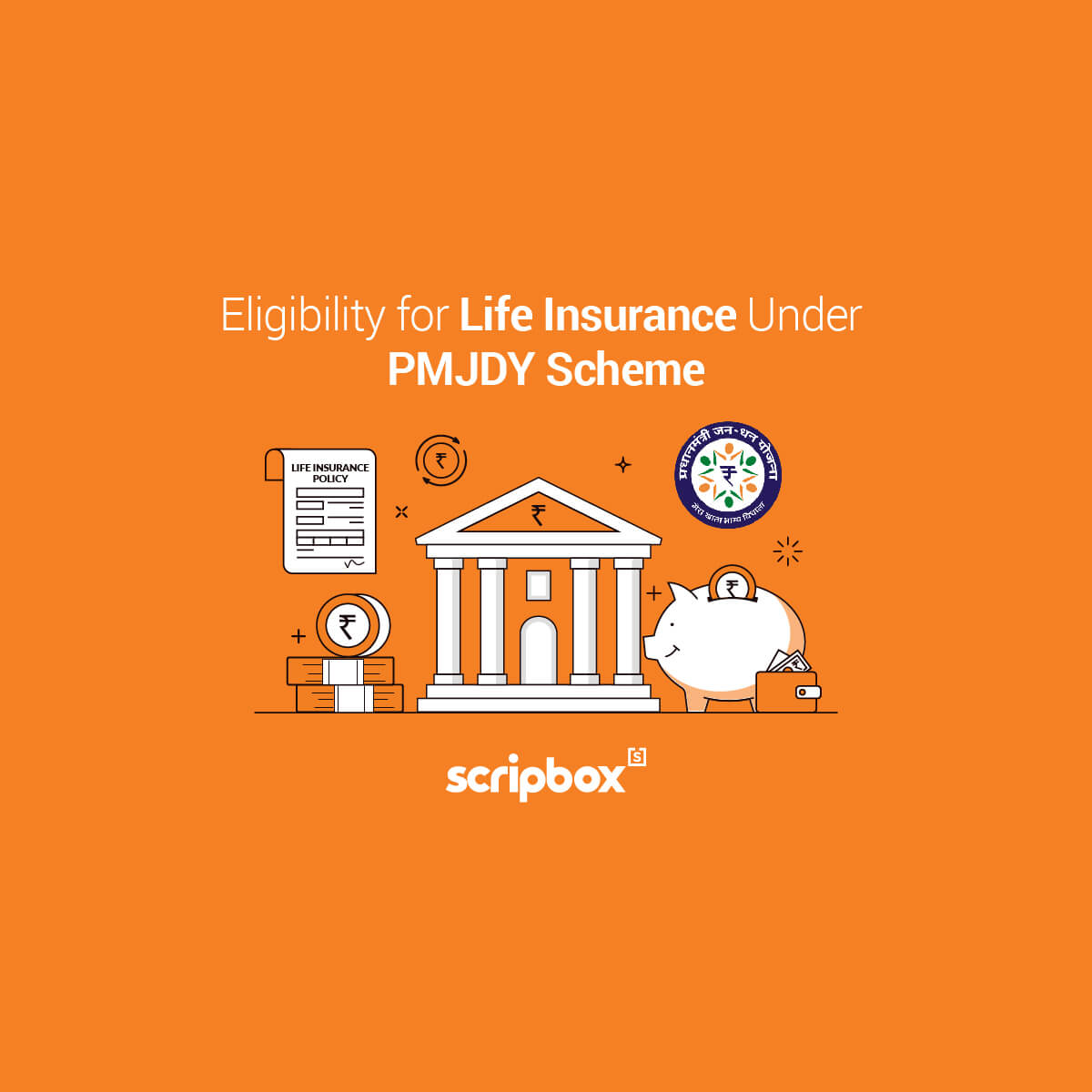Tax free bonds are usually issued by companies owned by the Government of India. The interest earned on them is completely tax free in the hands of the investor. They are suitable for long term investments. However, they are liquid investments as they are tradable on the stock exchange. We have more about this low risk investment in detail in this article.
What are tax free bonds?
Tax free bonds are issued by government owned companies. They offer a fixed interest rate. Hence they are considered as a low risk investment. They have long tenures of 10 or more years attached to them. However, they are tradable on the stock exchange. The tax on returns is completely tax free. Under Section 10, of the Income Tax Act, these bonds are entirely exempt from tax.
Tax free bonds usually have a face value of INR 1,000. They carry a coupon rate, which is the interest rate payable to the investors. The interest is paid half yearly. When these bonds trade on the stock exchange, the market price of the bond is important. If the interest rates fall, the bond prices will go up, and they will trade at a premium to face value.
If a bond is held until maturity and the bond is purchased at face value, the coupon rate is the bond yield. Bond yield is the return investors earn. However, bonds are traded, and there is a chance for the interest rates to go up and down. If the market price of the bond goes up, the interest rate falls. When the market price of the bond goes down, the interest rates rise.
Who should invest in tax free bonds?
Investors looking for fixed income can invest in tax free bonds, for example, senior citizens. Also, investors looking to park lump sum money in an asset that will give absolute returns can invest in tax-free bonds. The government backs these bonds, and hence the risk of default is less. Also, these bonds issued by the government are for long tenures ranging between ten to twenty years. Additionally, these government bonds offer fixed income. The government may raise money through the issuance of tax free bonds to finance projects such as housing and infrastructure projects.
Tax free bonds best suit retail investors falling in the highest income tax bracket seeking tax free income. High net worth individuals, institutional investors, HUFs, co-operative banks, and trusts can consider these as one of the investment options.
How to invest in tax free bonds in India?
Investing in tax free bonds can be done either through online or offline when the government opens an issue. Subscription duration for this bond is for a short period. Therefore, investors have to subscribe to them in the stipulated time. Additionally, if investing through offline mode (physical format), PAN card details and bank details like account number and IFSC code are mandatory.
Also, post the date of issue, in case an investor wishes to invest in tax-free bonds, then they can invest through a trading account. Therefore, post the issue, it is similar to shares trading in the stock market.
These bonds can be traded in physical form or through a Demat account. Investing in tax free bonds is simple, and one can also get guaranteed returns.
Features of tax free bonds
Followings are the key features of these bonds:
- Tax exemption: The interest income from the tax free bond is entirely tax exempt. Additionally, no TDS is deducted from these bonds. Though the interest income is tax free, it is advised to declare the interest income while filing taxes. Also, it is important to note that the investment amount doesn’t qualify for any deduction. In comparison to bank FDs, these bonds offer better benefits for retail investors falling in the highest income tax bracket.
- Risk: Tax free bonds offer guaranteed fixed monthly or annual income. The default risk in these bonds is almost zero as the government backs them. Also, these government tax free bonds offer capital protection and hence are considered to be safe.
- Tenure: Tax free bonds are long duration bonds, with the tenure ranging between ten years to twenty years. Investors cannot withdraw the money before the bond maturity date. However, investors can trade the bonds on the stock exchange. Additionally, these are not suitable for short term investors.
- Liquidity: Tax free bonds are not as liquid as debt funds. As these are long term bonds, liquidating them may not be easy.
- Returns: The return from tax free bonds depends on the purchase price. The trade volumes for these bonds are quite low as there are very limited buyers and sellers.
- Interest: Tax free bonds in India offer guaranteed fixed income. During the issue of the bond, the government decides the rate of interest. The interest rate is usually in the range of 5.50% to 6.50%. For the tax exemption on these bonds, the interest rates are quite attractive. The bondholder gets the interest annually. Also, the interest rates change as they are dependent on the current rate of government securities.
- Issue: Tax free bonds are issued by the companies owned by the Government of India, and the issue is opened for a specified time period only. Investors can subscribe to the bonds either online through their Demat account or offline (physical mode). Additionally, these bonds are traded in the stock market. Therefore interested investors can buy these bonds in the secondary market.
Redemption of bonds
Redemption of tax free bonds in India can be done only at the time of maturity. However, the bonds are tradable on the stock exchange. The company or institution issuing the bonds will not buy it back. Only new investors can invest in these bonds by purchasing them from existing subscribers. Interested investors can buy these bonds in the secondary market. The capital gain(s) from trading will be taxable under Section 112 of The Income Tax Act. If the bonds are traded within one year from purchase, the income tax slab rates will be applicable. If the bonds are traded after one year, then the tax is 10% without indexation benefit. And 20% with indexation benefit.
Difference between tax free bonds and tax saving bonds
| Basis of Difference | Tax Free Bonds | Tax Saving Bonds |
| Interest | Interest is paid half yearly, and the returns are also high when compared to other investments. Also, the interest on tax-free bonds is completely tax free. | Interest payment can be annual or as per the terms of the bond issuers. The interest is slightly lower than tax free bonds. |
| Tenure | The tenure for these is 15-20 years. However, they are tradable on the stock exchange or secondary market. | These are medium to long term investments. |
| Taxation exemption on investment | There is no tax exemption on investment. | Investment in tax saving bonds qualifies for tax exemption up to INR 20,000 under Section 80CCF. This is over and above the limit of INR 1,50,000 |
| Taxation | The interest is completely tax free. Capital gain(s) on trading these bonds are taxable and can be paid during tax filing. | Interest earned on these bonds is taxable as per individual tax slab and can be paid during tax filing. |
| Lock-in | There is no lock-in period for these bonds. | These bonds have a lock-in period of five years. |
| Who should invest | Suitable for investors who fall under a high tax bracket, HNIs, HUF members trusts etc. | Best suits investors looking for low risk long term investment and also who aim for saving taxes |
Do tax free bonds qualify for 80C deduction?
No, tax free bonds don’t qualify for 80C deduction. However, tax saving bonds do. Investment in tax saving bonds qualifies for tax exemption up to INR 20,000 under Section 80CCF. This is over and above the limit of INR 1,50,000.
There are other tax-saver investment plans under section 80C. One of them is the tax-saving mutual funds, Equity linked Saving Schemes (ELSS). Equity linked Saving Schemes can help investors save tax and also generate wealth through equity investment. The returns from these mutual fund investments can be calculated using mutual fund returns calculators like the SIP calculator and lumpsum calculator. Scripbox’s SIP calculator and lump sum calculator are available online and are free to use.
Additionally, one can use an income tax calculator to calculate their tax liability. Scripbox’s income tax calculator also suggests investments if there is any scope for saving more tax.
Conclusion
Tax free bonds offer fixed tax free income. These are low risk investments. They are suitable for HNIs, HUF members, trusts etc. They are moderately liquid as they are tradable on the stock exchange (secondary market). The principal amount doesn’t qualify for saving taxes under any section of the Income Tax Act. Also, the these bonds issued by the government are for long tenures ranging between ten to twenty years. HNIs, institutional investors, HUFs, co-operative banks, and trusts can consider these as one of the investment options. However, before investing in them, one has to consider the long tenures along with the interest rate and tax benefits they offer.
Discover More
Frequently Asked Questions
One can calculate the interest on tax free bond investment by multiplying the coupon rate with the face value of the bond. Alternatively, they can also calculate the returns using the fixed deposit calculator. Scripbox’s fixed deposit calculator has interest options to choose from. Since a this bond pays interest half yearly, one can select the half yearly option. Then enter the amount and interest rate. Finally, they choose the tenure, and the calculator displays the wealth gained in the tenure along with the investment amount.
However, the fixed deposit calculator allows users to select tenure only up to 10 years. This is because the maximum tenure for a fixed deposit is ten years.
Tax free bonds are issued by companies owned by the Government of India. The government may raise money through the issuance of these bonds to finance projects such as infrastructure and housing projects. The tenure varies between ten years to twenty years. The interest rates vary between 5.50% to 6.50%. On the other hand, RBI Taxable bonds are issued by the Reserve Bank of India. The tenure of an RBI Taxable Bond is seven years and the interest rate offered in 7.75%. However, in May 2020, the Reserve Bank of India has decided to stop the issue of the taxable bond.
Bonds issued by National Highways Authority of India, HUDCO N3, Indian Railways Finance Corporation N1 Series are some of the examples of tax free bonds in India.
Recommended Read: Capital Gain Bonds
Related Articles
- Confused if your portfolio is performing right enough to meet your goals?
- How long have you been investing in mutual funds?
- What is your current portfolio size?
- What is your approximate annual household income?
- Your profile does not qualify for a call with a Financial Expert.
- What are tax free bonds?
- Who should invest in tax free bonds?
- How to invest in tax free bonds in India?
- Features of tax free bonds
- Redemption of bonds
- Difference between tax free bonds and tax saving bonds
- Do tax free bonds qualify for 80C deduction?
- Conclusion
- Frequently Asked Questions





























Show comments